Rank Species | Superfamily Helicoidea Subfamily Ariantinae Scientific name Arianta arbustorum Higher classification Arianta | |
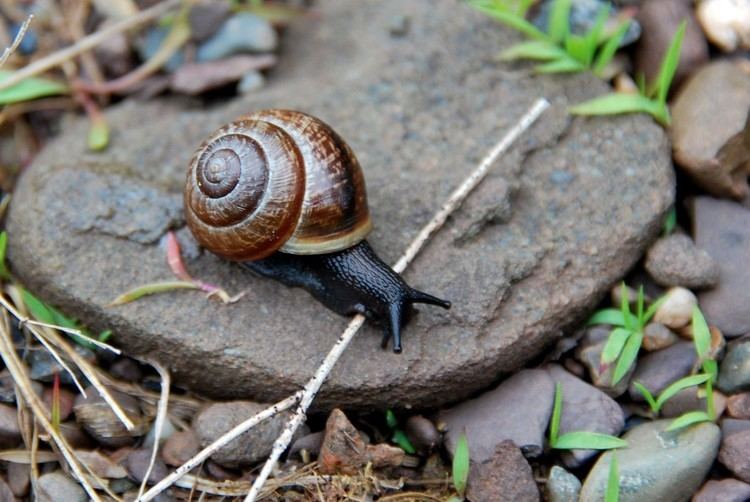 | ||
Similar Arianta, Helicidae, Cepaea, Grove snail, White‑lipped snail | ||
Arianta arbustorum is a medium-sized species of land snail, sometimes known as the "copse snail", a terrestrial pulmonate gastropod mollusk in the family Helicidae.
Contents
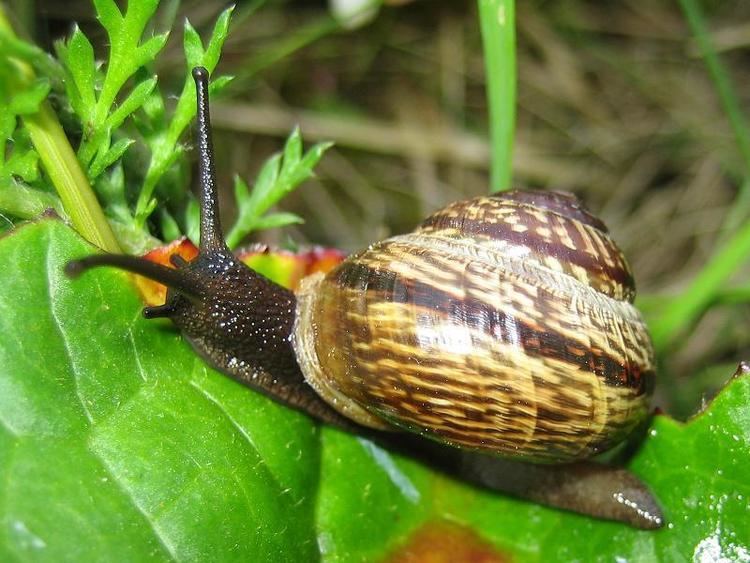
Arianta arbustorum 01
Subspecies
Several subspecies are recognized by some authors:
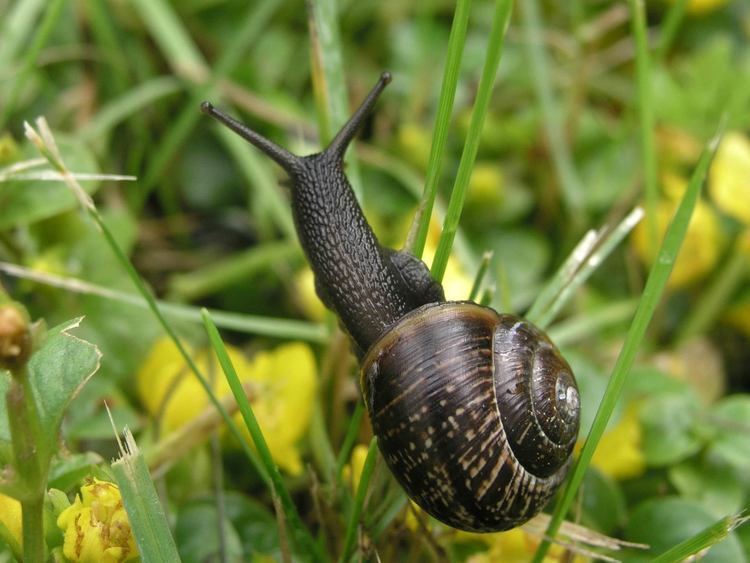
Distribution
This species is native to Europe:


Arianta arbustorum is introduced to North America, but is only known from Canada, where established populations are known from Newfoundland, New Brunswick, Ontario, and Prince Edward Island.
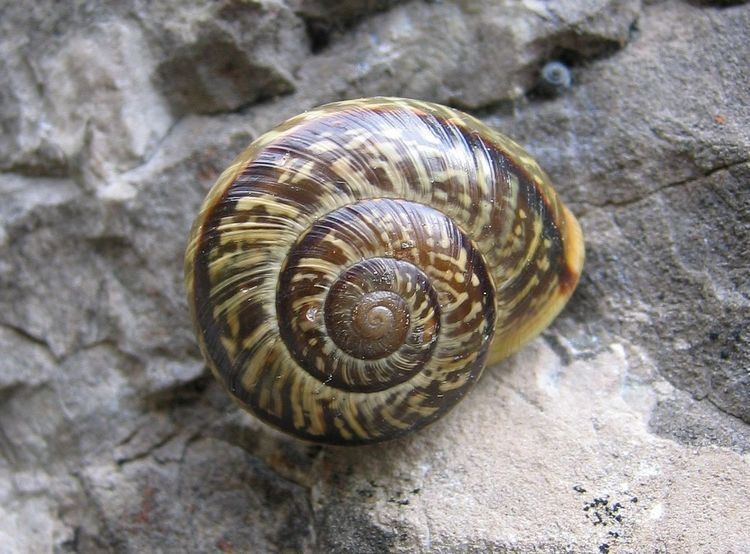
This species has not yet become established in the USA, but it is considered to represent a potentially serious threat as a pest, an invasive species which could negatively affect agriculture, natural ecosystems, human health or commerce. Therefore, it has been suggested that this species be given top national quarantine significance in the USA.
Description
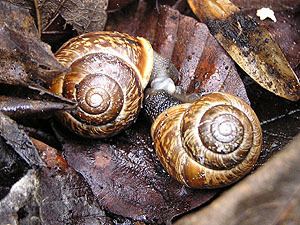
The shell is usually brown with numerous pale yellowish rows of spots and usually with a brown band above the periphery, occasionally yellowish, reddish or with greenish hue, weakly striated and with fine spiral lines on the upper side. The shell has 5-5.5 convex whorls with deep suture. The last whorl is slightly descending near the aperture. The aperture is with prominent white lip inside. The apertural margin is reflected. Umbilicus is entirely covered by the reflected columellar margin.
The width of the shell is 18–25 mm. The height of the shell is 12–22 mm. Dimensions are locally variable.
The shell shape is globular in most present-day populations, but originally is believed to have been depressed in the Pleistocene, before lowlands were invaded and shells became globular, re-invading mountain regions except some isolated spots among glaciers.
The animal is usually black.
Life cycle
Arianta arbustorum lives in forests and open habitats of any kind. It requires humidity. It lives also in disturbed habitats (not in Ireland where it is restricted to old native woodland). It may locally tolerate non-calcareous substrate, in north Scotland also on sandhills. In the Alps up to 2700 m, in Britain 1200 m, in Bulgaria 1500 m.
It feeds on green herbs, dead animals and faeces.
If snails hatched more than 50 m distant from each other, they are considered isolated since they would not move more than 25 m (neighbourhood area 32–50 m), usually they move about 7–12 m in a year, mostly along water currents.
This species of snail makes and uses calcareous love darts during mating. Reproduction is usually after copulation, but self-fertilization is also possible. The size of the egg is 3.2 mm. Maturity is reached after 2–4 years. The maximum age up to 14 years.
Angiostrongylus vasorum has successfully experimentally infected this snail.
